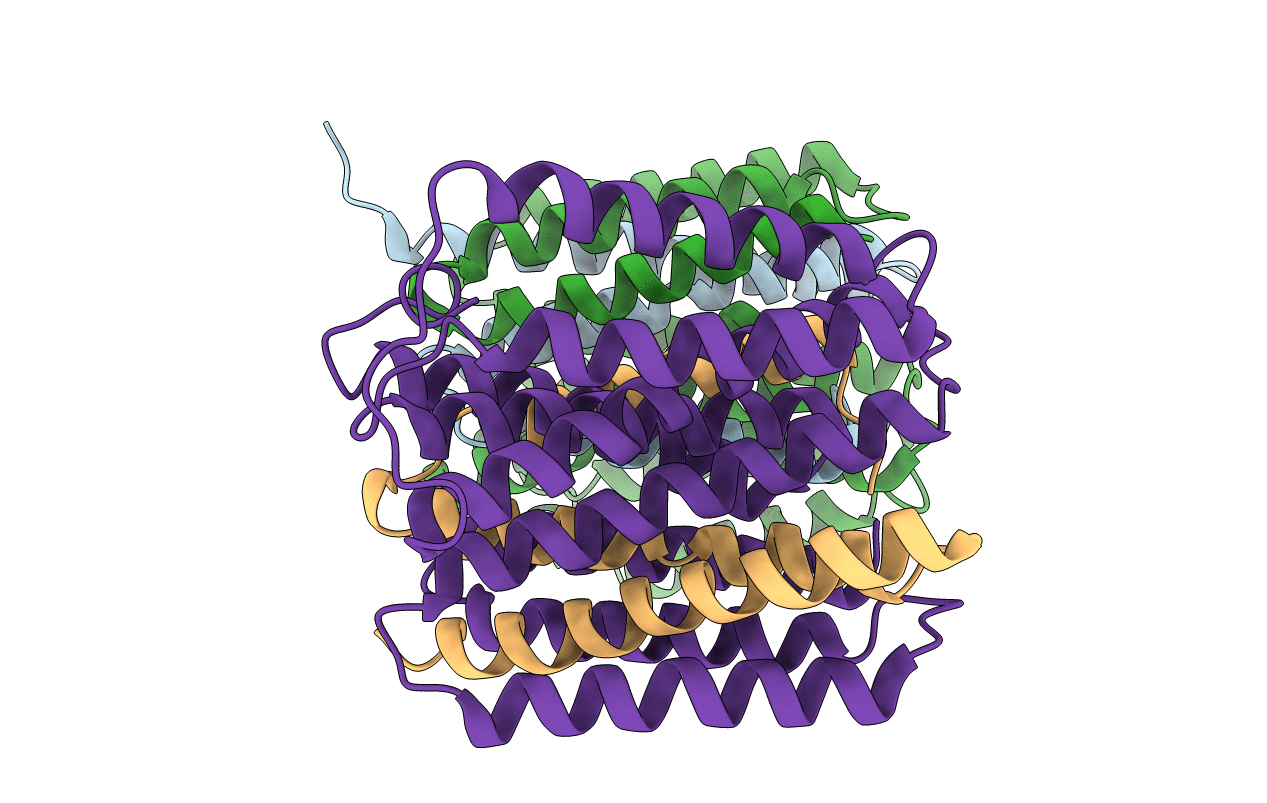
Deposition Date
2014-01-02
Release Date
2014-06-11
Last Version Date
2024-10-09
Entry Detail
PDB ID:
4O9P
Keywords:
Title:
Crystal structure of Thermus thermophilis transhydrogeanse domain II dimer SeMet derivative
Biological Source:
Source Organism:
Thermus thermophilus (Taxon ID: 262724)
Host Organism:
Method Details:
Experimental Method:
Resolution:
2.89 Å
R-Value Free:
0.28
R-Value Work:
0.22
R-Value Observed:
0.22
Space Group:
C 1 2 1


